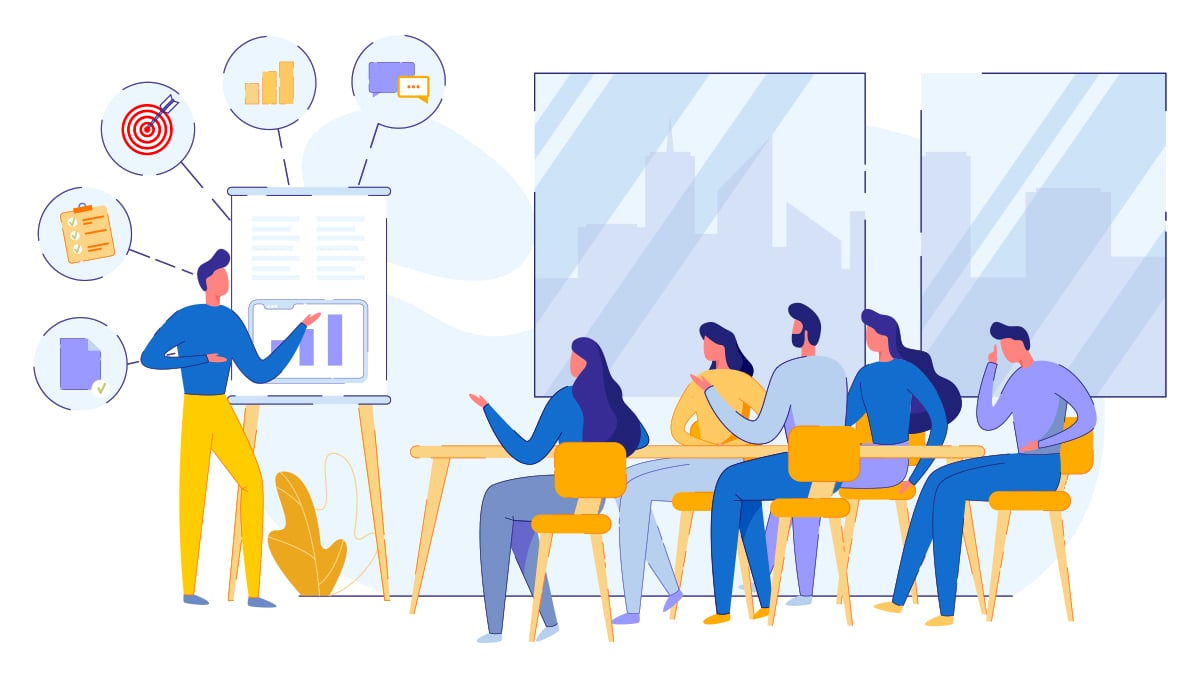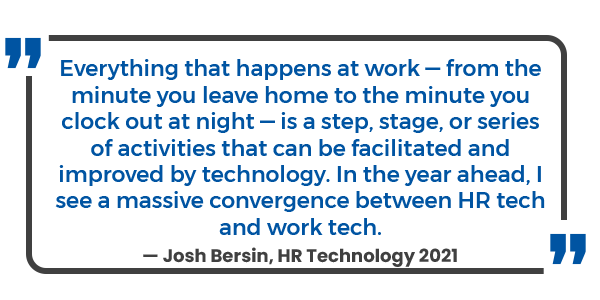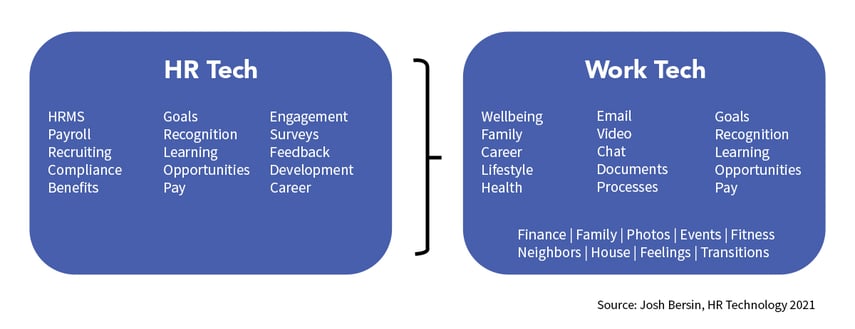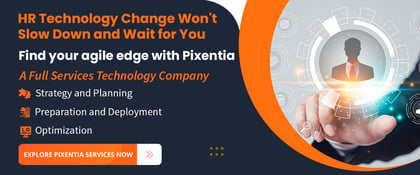
What’s in this article:
Improving The Employee User Experience
Introduction
It sometimes seems we have an employee portal for everything: HR self-service, payroll, projects...
... and everything else we do at work.
On a mobile device, it makes sense—one icon, one function—so we don’t have to fiddle with menus.
But, on a desktop screen (or two, as most of us, have today), we want a seamless experience.
Many of us don’t want to leave our work tools and go to another application to submit an expense report or add a dependent to our benefits.
We want one-click access.
The tools are merging fast, but there are trends in HR technology we might want to pay attention to. The focus is on the employee experience, but dependency on IT and costs are also top considerations.
Improving The Employee User Experience
The ISG 2021 Survey on Industry Trends in HR Technology and Service Delivery asked respondents to identify their top three most important outcomes from adopting HR SaaS technology solutions. At the top of the list are:
- Improve the employee user experience
- Reduce dependency on IT
- Reduce HR administration cost

The focus of the report is on moving HR technology to the cloud.
It’s no surprise that it shows HR wants to improve the employee experience and reduce HR admin costs.
Most respondents want to reduce dependency on IT, which may mean they want more independence from IT control.
But it may be driven by the desire to experiment on their own.
At the same time, current trends in technology and user experience are driving closer integration between HR and other enterprise platforms.
From HR Tech to Work Tech
Josh Bersin’s HR Technology 2021: The Definitive Guide describes the massive growth of HR technology and its integration into the workplace.
It's no longer “good to have”…
… it's “essential to survival.”
Bersin describes how HR tech is migrating into work tech rapidly, making the transitioning from work to HR self-service a one-click process.
Integrating HR and Work
The simplest solution to bringing HR into the work environment is to add apps to your collaboration tools. For example, ScrumGenius offers eight apps for Teams.
There is also a robust market for HR apps for other platforms, including Slack and Cisco Webex Teams. You add the apps from the platform marketplace and start the subscription.
You can also integrate your enterprise HR tools with those platforms. Your collaboration may have an integrator, or you can use platform integration tools like PowerApps or Microsoft Dynamics.
Teams and Slack integrate HR tools into their collaboration platforms. We predict Workplace from Facebook won’t be far behind.
It won’t be long before HR integrated into work will be the way it’s done...and done fast and easy.
Summary
We have seen how the ways we access technology and work tools are merging into a streamlined experience.
Whether you are ready to deploy your solutions depends on your current technology, culture, and business objectives. Let your strategy drive your decisions.
First, you will need a collaborative approach to be successful. Everyone in your organization has a stake in the outcome.
To build that collaboration, we find that a governance framework is an excellent approach. It’s a replacement for your organizational structure but works within it to support everyone.
Second, we recommend and support using agile methodology in all your technology endeavors. It brings the end-user into the design process to ensure that it helps your people become successful.
We are confident that once you achieve smooth integration, your people will respond with engagement and productivity.
Pixentia is a full-service technology company dedicated to helping clients solve business problems, improve the capability of their people, and achieve better results.https://www.amazon.com/Technology-2021-Definitive-Everything-implementing-ebook/dp/B08R9819YL




